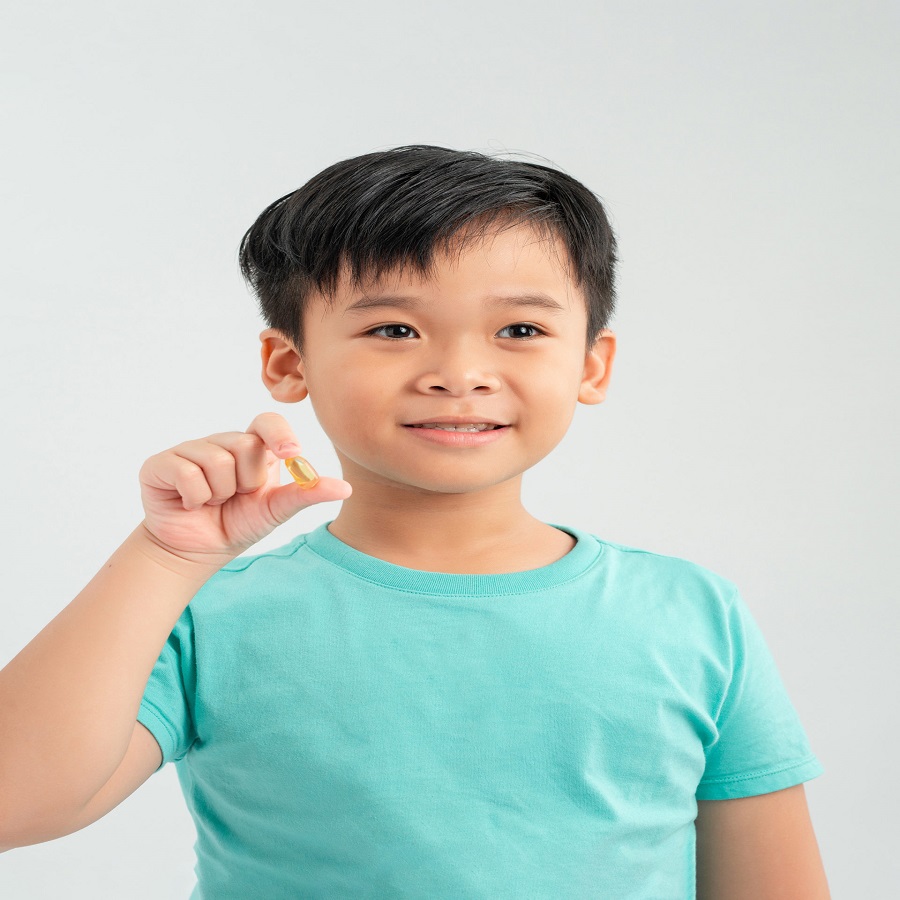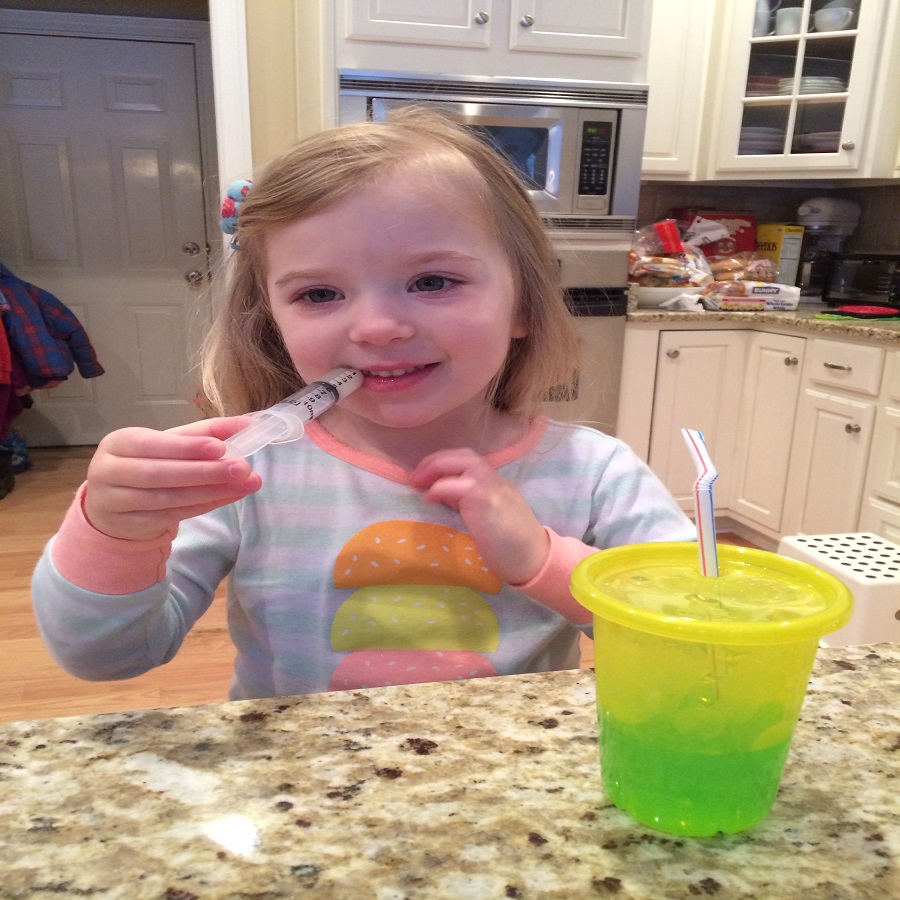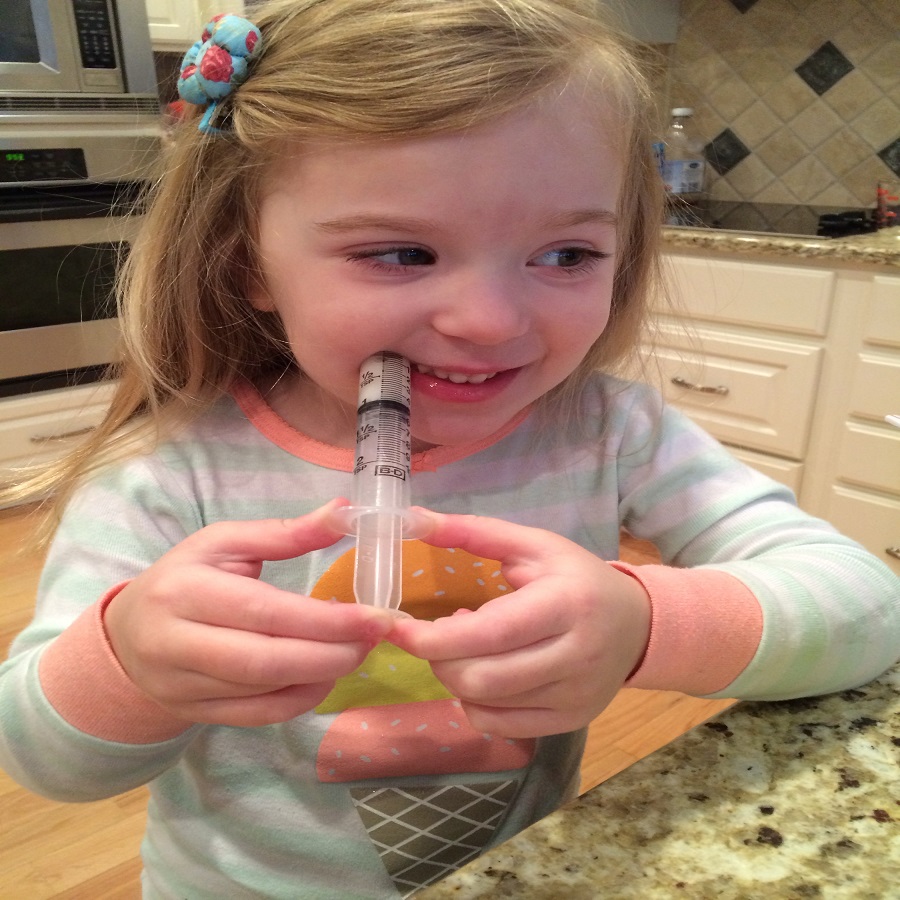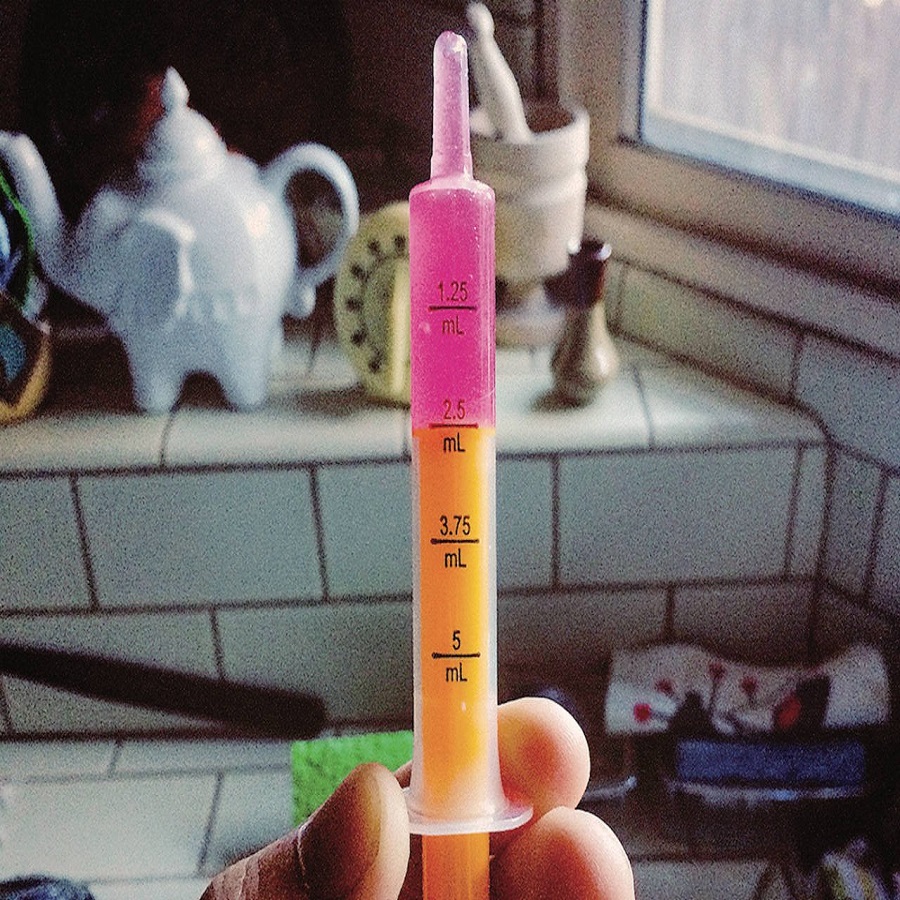Introduction to Toddler Medicine Challenges
Administering medicine to toddlers can be a true parenting challenge. These little ones may resist, dodge, or outright refuse their necessary doses, turning a simple act of care into a skirmish of wills. Parents often feel at a loss as they try to navigate their toddler’s reluctance without causing distress or power struggles.
When a stubborn toddler clamps their mouth shut at the sight of a medicine bottle, anxiety rises. Wasted medicine, a stressed-out child, and frazzled nerves are common outcomes. The struggle is real, whether it’s the taste, texture, or simply the act of taking medication that triggers their defiance.
Understanding the ‘why’ behind your toddler’s medicine aversion is crucial. It could be fear, dislike of the taste, or a lack of understanding regarding why medicine is necessary. These challenges require creative solutions for smoother medicine times. Finding the right technique can ease the struggle and ensure your toddler receives the care they need without the tears or tantrums.
Stay tuned as we explore various sneaky tips, from clever distractions to disguising the medicine, that can help you overcome these hurdles. Remember, patience and a dash of cunning can make all the difference when convincing your toddler to take their medicine.

Creative Distraction Techniques for Medicine Time
Making medicine time less stressful can involve creative play and rewards. Children love to engage in activities that take their minds off the task at hand. Here are some effective distraction techniques that parents can use.
Fun and Games Approach
The ‘Fun and Games’ method turns medicine time into playtime. Pretend the medicine is part of a treasure hunt or a special potion that gives them superpowers. Use toys to act out stories where characters happily take ‘magic healing elixirs’. This makes the experience more enjoyable and less daunting for your toddler.
Incentive-Based Rewards
Rewards can motivate toddlers to take their medicine without fuss. Offer stickers or a small treat after successful doses. Set up a reward chart where they can track their progress and earn a bigger reward after taking medicine for several days. The promise of a playground visit or extra bedtime story can work wonders. Always praise their bravery and cooperation to reinforce positive behavior.
Disguising Medicine: Sneaky Mixes and Suitable Foods
Finding ways to hide medicine in foods or drinks can be a game-changer. Sometimes, this trick is all it takes to make medicine time a smooth process.
Choosing the Right Beverage or Food
Start with picking a strong-flavored food or drink. Consider using decaffeinated soda, like root beer, or dark grape juice for liquid medicine. Both can mask the medicine’s taste well. For solids, mix medicine with some apple sauce or yogurt. This can hide the texture along with the taste. But make sure to check with your pharmacist before mixing medicine with food or drinks. Some medicines can interact with certain foods, or they should not be mixed at all. Always use a small amount of food or drink to ensure that your toddler consumes the entire dose.
Transparency and Trust: The Balance of Sneakiness
Being sneaky does not mean being dishonest. It’s vital to keep trust with your toddler. Tell them that their medicine is in a special drink or snack. Explain why they need it. Say, for example, “This yummy drink will help make your tummy feel good.” This way, your child understands and may become more willing to take their medicine. Avoid surprises as they could lead to mistrust in the long run. Balance sneakiness with openness for the best results in getting your stubborn toddler to take their medicine.

The Art of Sleight of Hand with Medicine Delivery
Parenting often calls for clever strategies, especially when giving medicine to a stubborn toddler. Finding a playful or unexpected way to administer the dose can turn resistance into compliance.
The Two-Glass Trick with a Twist
To get your toddler to take medicine, try the two-glass trick. Put soda in two glasses. Mix the medicine into one. Tell your little one they’ll get soda after the medicine. Give them the medicine-soda mix but don’t tell them. They’ll think they’re just getting soda if you play it right. But remember, stay close by to make sure they drink it all.
Using Props and Make-Believe
Make taking medicine a grand act. Pretend to take the medicine first using a fake spoon. Say it gives you strength or makes you fly. Then pass the ‘magic spoon’ to your toddler. They’ll likely be eager to try the ‘magical’ remedy themselves. Making it into a game can help them forget they’re taking medicine at all.
Alternative Medicine Formats for Easier Consumption
When tackling the challenge of how to get a stubborn toddler to take medicine, considering alternative formats can be extremely helpful. Not all children can handle pills or liquid medicine, making it essential to know what other options are available.
Exploring Different Medicine Vehicles
Alternative medicine vehicles might include chewable tablets, dissolving strips, or flavored drops which can be more palatable for young children. Chewable tablets often come in fun shapes and flavors, enticing toddlers to see them more as a treat than medicine. Meanwhile, dissolving strips are novel and easy for tots to take since they melt in the mouth without requiring swallowing. These options also prevent spillage and waste of medicine.
Suppositories and Dissolving Strips
Suppositories are another practical alternative, especially when toddlers are highly resistant or unable to keep medicine down due to vomiting. While the administration of a suppository can seem daunting at first, it is often a quick and efficient method to ensure your child gets the medication they need. As an added advantage, they work fast and are useful when your toddler cannot or will not eat or drink. Similarly, dissolving strips have the benefit of disappearing on the tongue, making them less intimidating for a child who is averse to taking medicine. They come in various flavors, masking the taste of the medicine while also making the process feel like having a treat.
Addressing Taste Aversions
One of the biggest hurdles in getting toddlers to take medicine is their taste aversion. Fortunately, there are ways to mask the flavor and make the medicine more palatable.
Flavor Masking Tricks
Use strong flavors to cover up the medicine taste. Mix liquid medicine with a bit of chocolate syrup or flavored drops recommended by a pharmacist. For pills, crush (if safe) and combine with a small spoonful of ice cream or jelly. Always confirm with your doctor or pharmacist that it’s safe to mix with food.
Some over-the-counter medicines come flavored. Ask your pharmacist about these options. You can also request medicine flavoring when filling a prescription. This can often turn a grimace into a willing swallow.
Numbing Strategies with Ice or Cold Treats
Cold can dull taste buds, making medicine less unpleasant. Before medicine time, let your child suck on an ice cube or enjoy a cold popsicle. This can numb the tongue slightly, reducing the taste sensation.
Providing a cold treat, like a smoothie or chilled fruit, can also help. Offer small sips or bites between medicine doses. This can cleanse the palate and provide relief from the strong medicine taste.
Always be gentle and reassuring throughout the process. A calm approach can help ease your toddler’s anxiety around medicine time.

Collaboration and Choice: Involving Your Toddler
Engaging your toddler in the medicine-taking process might be the key to success. Offering choices can make toddlers feel more in control, which can ease their resistance to medicine.
Offering Controlled Choices to Empower Toddlers
Let your toddler make small decisions about their medicine. Choose between a syringe or a cup. Pick a time for taking medicine – before or after a bath? Let them select a favorite juice to follow the medicine. Even picking out a sticker for a reward chart gives them a sense of control. These choices can empower them and make medicine time smoother.
Practicing with Placebos
Practice makes perfect, even with taking medicine. Use candy or small treats similar in size to pills for practice. Try tic-tacs or small bits of fruit. Show them how easy it is. Start with tiny pieces. Work up to larger ones. Soon, your toddler may handle the real medicine with less fuss!
Conclusion: Patience and Empathy in Administering Medicine
When it comes to getting stubborn toddlers to take medicine, patience is key. Always remain calm and empathetic. Understand that from a toddler’s view, taking medicine can feel scary. Use gentle words and actions. This sends a message of safety to your child.
Keep trying different methods until you find what works. Remember toddlers learn through experience. Positive medicine times can build trust. This makes future doses easier. Never scold or force. This can lead to fear around medicine.
Get stubborn toddler to take medicine by involving them. Give choices and let them practice with placebos. Acknowledge their feelings and praise their bravery. Rewards can motivate, but don’t always rely on them. Gradually, your toddler may see medicine in a new light.
Mix empathy with creativity, and you’ll find the balance to administer medicine smoothly. Always consult with healthcare providers when in doubt. They can give you safe and effective strategies. Above all, stay patient and empathetic. Your toddler needs to feel your support.
